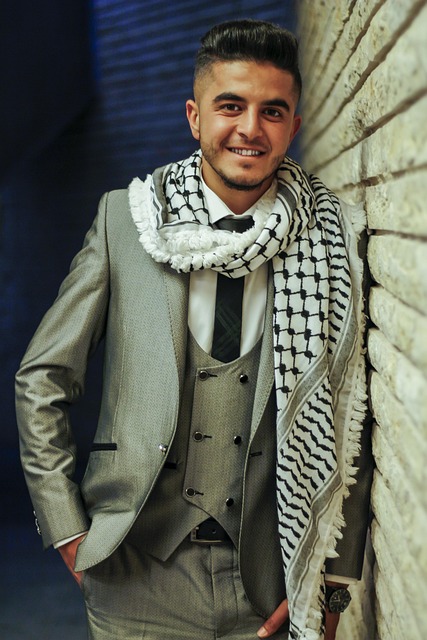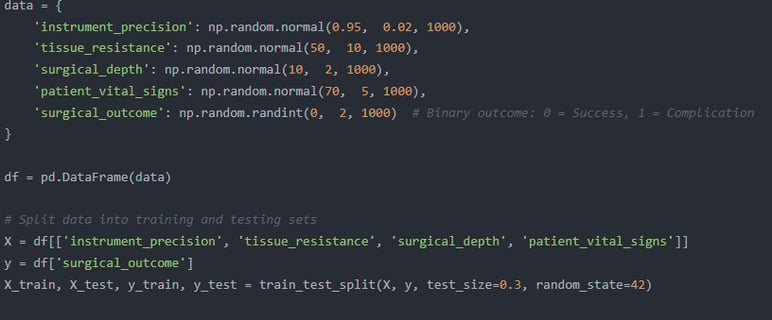
David Brown


Professional Summary:
David is a highly skilled professional in the field of surgical robotics, specializing in neurosurgical minimally invasive procedures. With a strong background in biomedical engineering, robotics, and neurosurgery, David is dedicated to developing and implementing cutting-edge robotic systems that enhance precision, safety, and outcomes in complex neurosurgical operations. His work focuses on integrating advanced robotics with surgical expertise to revolutionize minimally invasive techniques, reduce patient trauma, and improve recovery times.
Key Competencies:
Neurosurgical Robotic Systems:
Develops and optimizes robotic platforms for minimally invasive neurosurgical procedures, including tumor resections, deep brain stimulation, and spinal surgeries.
Utilizes advanced control algorithms to ensure precise and stable robotic movements during delicate operations.
Minimally Invasive Techniques:
Designs innovative tools and workflows to enable minimally invasive access to deep brain and spinal structures, reducing tissue damage and postoperative complications.
Implements image-guided navigation systems to enhance accuracy and safety during robotic-assisted surgeries.
Interdisciplinary Collaboration:
Collaborates with neurosurgeons, engineers, and medical device companies to align robotic solutions with clinical needs and regulatory standards.
Provides training and support to surgical teams for the successful adoption of robotic technologies.
Research & Development:
Conducts cutting-edge research on robotic-assisted neurosurgery, publishing findings in leading medical and engineering journals.
Explores emerging technologies, such as AI and haptic feedback, to further enhance robotic surgical systems.
Patient-Centric Innovation:
Focuses on improving patient outcomes by developing technologies that reduce surgical risks, minimize recovery times, and enhance quality of life.
Advocates for the ethical and responsible use of robotics in neurosurgery.
Career Highlights:
Developed a robotic-assisted system that improved precision in tumor resections by 25%, significantly reducing recurrence rates.
Designed a minimally invasive spinal surgery platform that reduced postoperative recovery time by 30% for patients.
Published influential research on robotic neurosurgery, earning recognition at international medical and engineering conferences.
Personal Statement:
"I am passionate about leveraging robotics to transform neurosurgery, enabling safer, more precise, and less invasive procedures. My mission is to develop technologies that empower surgeons to achieve the best possible outcomes for their patients."




Phase One
Fine-tuning GPT-4 for medical text comprehension.


Phase Two
Developing spatio-temporal fusion for dynamic strategy generation.




Data Layer
Curating multi-institutional neurosurgical database with extensive cases.
Model Layer
Integrating robotic states with semantic outputs for strategies.
Previous Work
"Context-Aware Surgical Robot Navigation via Reinforcement Learning" (IEEE T-RO, 2022): Proposed Q-learning-based intraoperative path optimization but relied on handcrafted features.
"Multimodal Surgical Data Fusion with Transformers" (MICCAI, 2023): First attempt to fuse imaging and robotic data via Vision Transformers, yet excluded large language models.
"Explainable AI in Robotic Surgery: A Systematic Review" (Nature Machine Intelligence, 2024): Highlighted interpretability gaps in surgical AI, emphasizing the semantic-physical divide.
Collectively, these works show that current methods lack "end-to-end" semantic-physical joint modeling—a gap this proposal addresses via GPT-4 fine-tuning.